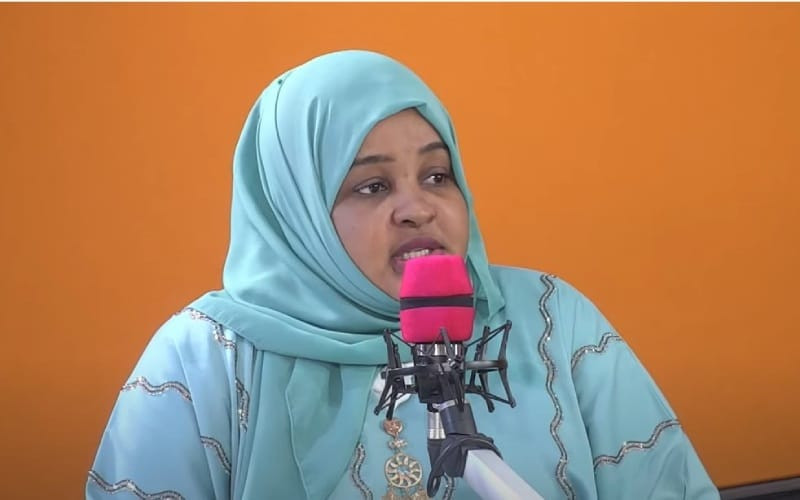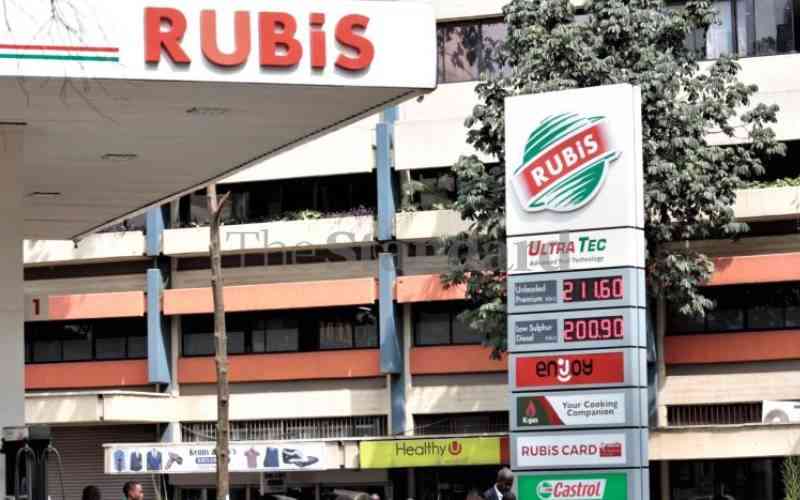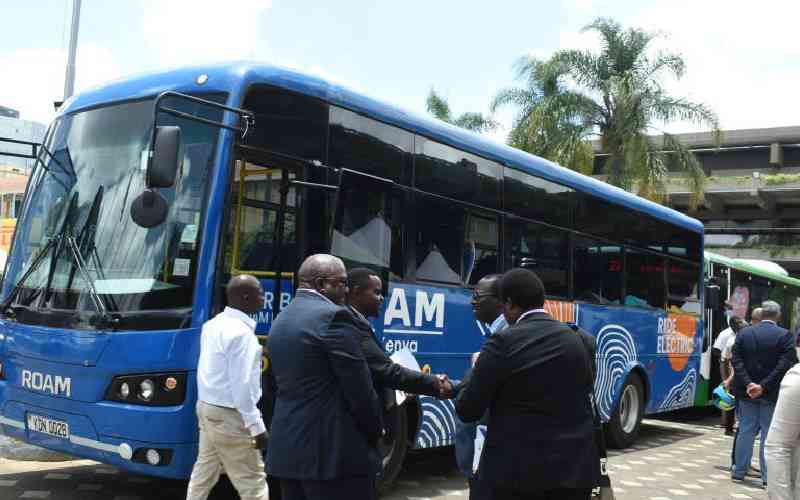Kenya is shifting to a new model where power plant developers will only be paid for the electricity they inject into the national grid.
This is a departure from the old practice where they are paid whether or not they generate power. The Energy and Petroleum Regulatory Authority (EPRA) said the country is adopting the “Take and Pay” model of power purchase agreement (PPA) between Kenya Power and investors, moving away from the current “take or pay” regime.
The aim is to ease Kenya Power’s payment obligations since the current take-or-pay model has for long forced the utility firm to pay private investors for power not evacuated amid an oversupply in the country.
The net impact is expected to be reduced pressure on consumer power bills which factor in such compensations. “We’re already on “Take and Pay” on some recent projects, solar and wind. They (the developers) are currently negotiating the PPAs with KPLC; once we approve the PPAs we’ll share the list,” said EPRA Director-General Pavel Oimeke.
Ghana has equally signalled a similar shift, which will now transfer investment risk associated with market performance to developers.
The transition comes after Kenya Power in January raised alarm over the heavy burden it was carrying in excess capacity payments, forcing it to freeze signing of PPAs for new projects.
Prof Izael Da Silva, a renewable energy specialist and professor at Strathmore University, lauded the switchover to the take and pay system. He pointed out that while Kenya had reduced use of expensive diesel-fired electricity in favour of cheap green sources, the developers of the thermal plants are still getting paid capacity charges paid for by homes and businesses through their bills.
“That’s the way to go,” he said of the new regime, noting that auctions are the best option for Kenya, as they enable planning to achieve competitive consumer tariffs.
“With the auctions, for instance, if Nakuru is experiencing higher power demand than what it’s being supplied, the ministry would invite bids from the private sector to supply the needed additional capacity and the investor with the lowest and best terms gets to construct a plant in Nakuru. That means the power, which is supplied directly to Nakuru economy, becomes decentralised and doesn’t have to wait for additions in the national grid,” said Prof Da Silva.
Officials have previously floated the idea of auctions for green projects to guide supply based on projected demand.
The take-or-pay regime makes it mandatory for Kenya Power to buy electricity from investors, failure to which it pays them compensation for deemed energy.
Such PPAs have been beneficial to private investors, guaranteeing them a ready market, even when the country has excess supply capacity.
It meant that even without producing power, they stood to gain, provided they had a power plant in the first place and as such getting project financing was relatively easy.
This probably explains why private investors have been making a beeline to enter the sector, especially in the renewable space.
But the model has proved punitive to Kenya Power, which is majority-owned by the Government and listed on the Nairobi bourse.
Stay informed. Subscribe to our newsletter
The firm has been forced to shoulder a heavy payment burden.
The electricity utility firm makes money by buying in bulk from power producers and selling it to homes and businesses at a margin regulated by EPRA. But with the take or pay clause, the utility firm pays power plant developers whether or not it picks their electricity for sale.
This means whenever it doesn’t evacuate as a result of excess supply, it has to dig deeper into its pockets to compensate investors.
The compensation pay, which is fixed (capacity charge) is payable via power bills to cover developers’ fixed expenses on the project.
Electricity consumers, for instance, will pay a fixed or capacity charge of Sh36 billion annually through their bills should the proposed 1050 MW Lamu coal plant be constructed, irrespective of whether it generates power or not.
In January, Kenya Power Chairman Mahboub Maalim Mohamed announced a freeze on the signing of new PPAs amid excess capacity and sluggish consumption, pending a sector review to establish the country’s forecasted demand.
In justifying the moratorium, he said: “Electricity generation has sharply overshot Kenya’s Power ability to absorb it with its attendant compensation burden.” The company was by the end of June last year squeezed into a Sh51.6 billion negative working position, forcing it to negotiate for loan restructuring.
Kenya’s total installed capacity stands at about 2,700 megawatts (MW), after last year’s addition of 310MW Lake Turkana wind farm and 55 MW Garissa solar.
This is against a peak demand of about 1,900 MW, leaving a balance of 800 MW that serves as the surplus/reserve power. Some reserve power is necessary in the economy to take care of emergency situations like when several plants are taken off the national grid during maintenance or unforeseen breakdowns.
But an excess translates into an unnecessary burden on consumers and Kenya Power. The privately-owned Lake Turkana wind plant has the take-or-pay clause in their PPA with Kenya Power, meaning at night when the country’s demand drops by nearly half and wind speeds are highest, the developers reap from deemed energy charges.
With more power projects in the pipeline and with demand growing at a slower pace, the reserve margin looks set to further widen.
That would mean more payments to investors in capacity charges, hurting Kenya Power. It’s for this reason that Kenya is now transitioning to the take-and-pay from the take-or-pay model.
[email protected]
 The Standard Group Plc is a
multi-media organization with investments in media platforms spanning newspaper
print operations, television, radio broadcasting, digital and online services. The
Standard Group is recognized as a leading multi-media house in Kenya with a key
influence in matters of national and international interest.
The Standard Group Plc is a
multi-media organization with investments in media platforms spanning newspaper
print operations, television, radio broadcasting, digital and online services. The
Standard Group is recognized as a leading multi-media house in Kenya with a key
influence in matters of national and international interest.
 The Standard Group Plc is a
multi-media organization with investments in media platforms spanning newspaper
print operations, television, radio broadcasting, digital and online services. The
Standard Group is recognized as a leading multi-media house in Kenya with a key
influence in matters of national and international interest.
The Standard Group Plc is a
multi-media organization with investments in media platforms spanning newspaper
print operations, television, radio broadcasting, digital and online services. The
Standard Group is recognized as a leading multi-media house in Kenya with a key
influence in matters of national and international interest.









